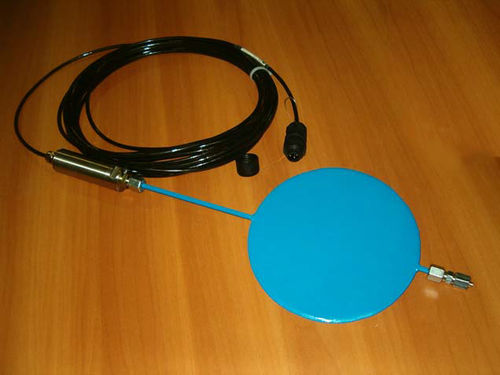
Compression load cell piezoelectricsteel

Add to favorites
Compare this product
Characteristics
- Type
- compression
- Technology
- piezoelectric
- Other characteristics
- steel
Description
Hydraulic pressure cells were developed to
measure the total load in embankments
and foundations and are mainly used in
dams, tunnels, bridges.
They may be embedded in concrete or cemented
in fissures in rock or structures.
The pressure cell is made of two steel shells
welded along their edges and filled with hydraulic
fluid.
There are two diametrically opposed tubes
attached to the cell: one is for filling the hydraulic
fluid and the other for attaching a
pressure transducer or, in special cases, a
dial gauge.
The cell can be of different shapes and dimensions
(ø=100, 200, 300 mm) according
to requirements.
The tube taking the fluid to the sensor may,
as well, be of variable length.
The pressure cell can be installed either between
a structure and the underlying surface
or inserted within the earthworks in the
most effective manner.
An electrical cable carries the signal to the
data reading point in an appropriate unit of
measurement.
The measurement can be read locally using
a hand held reader or remotely using
AGISCO equipment via a modem.
There are other models of hydraulic load
cells which use plastic and rubber material
according requirement.
Some are given a protective coating to resist
erosion by chemical agents. These soft
walled cells are particularly useful for measuring
the loading of landfill sites because
they do not require a solid base to be built
from sand or clay for the instrument.
Catalogs
No catalogs are available for this product.
See all of Agisco s.r.l.‘s catalogs*Prices are pre-tax. They exclude delivery charges and customs duties and do not include additional charges for installation or activation options. Prices are indicative only and may vary by country, with changes to the cost of raw materials and exchange rates.







